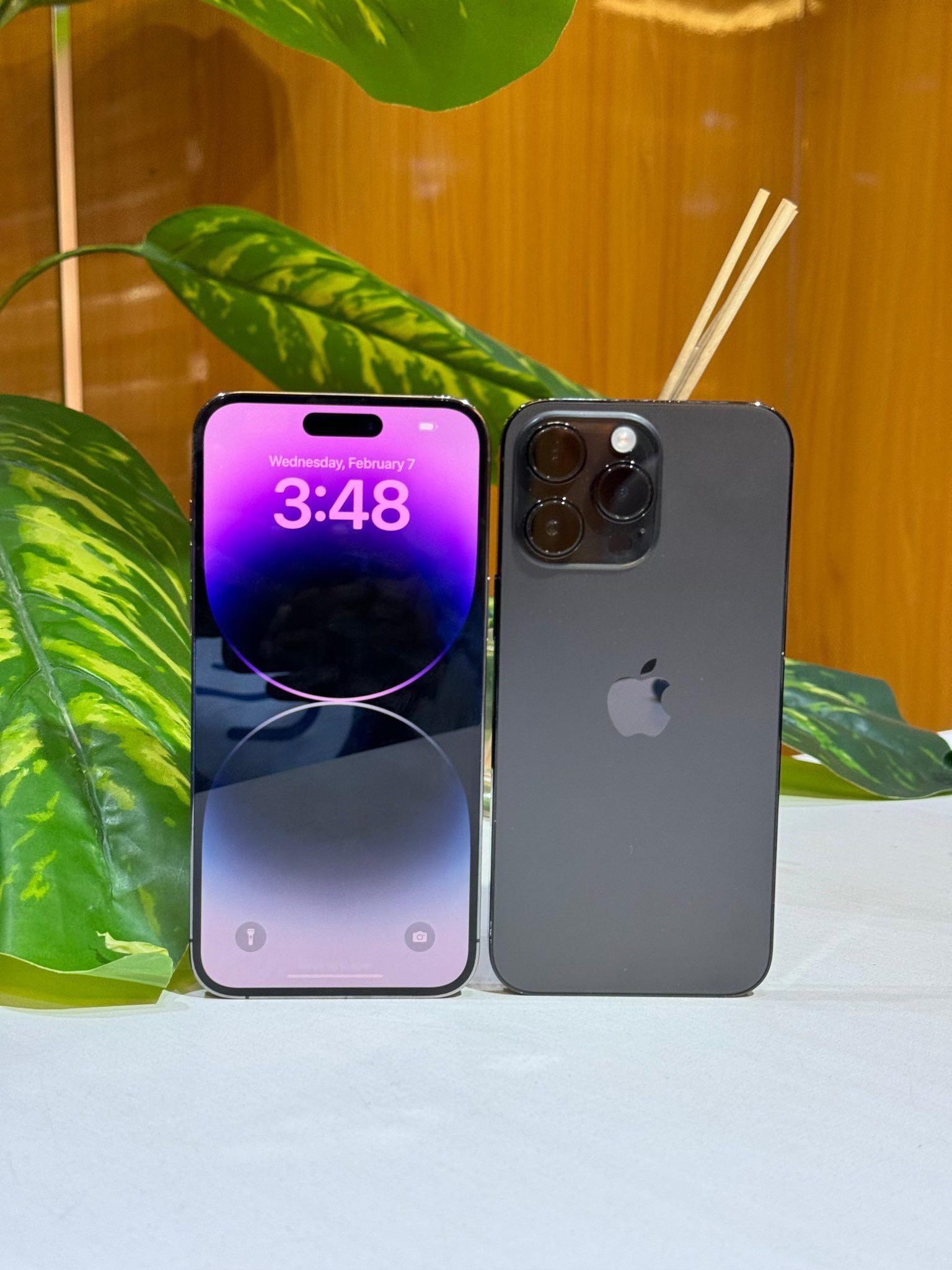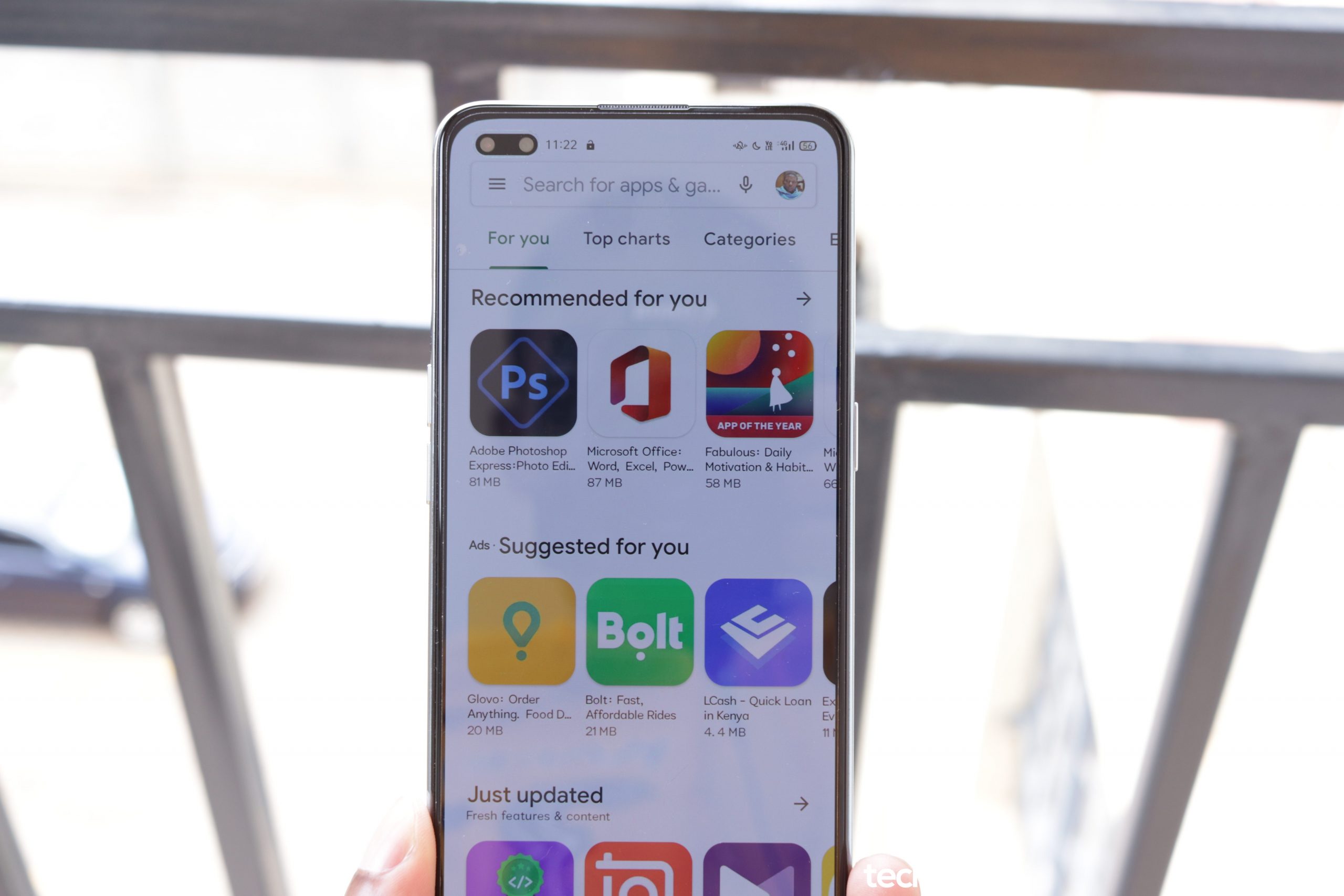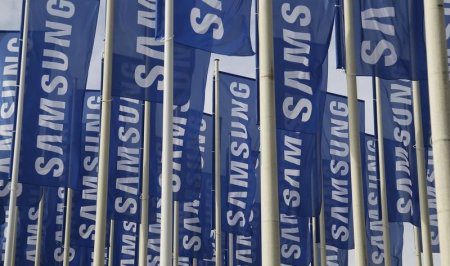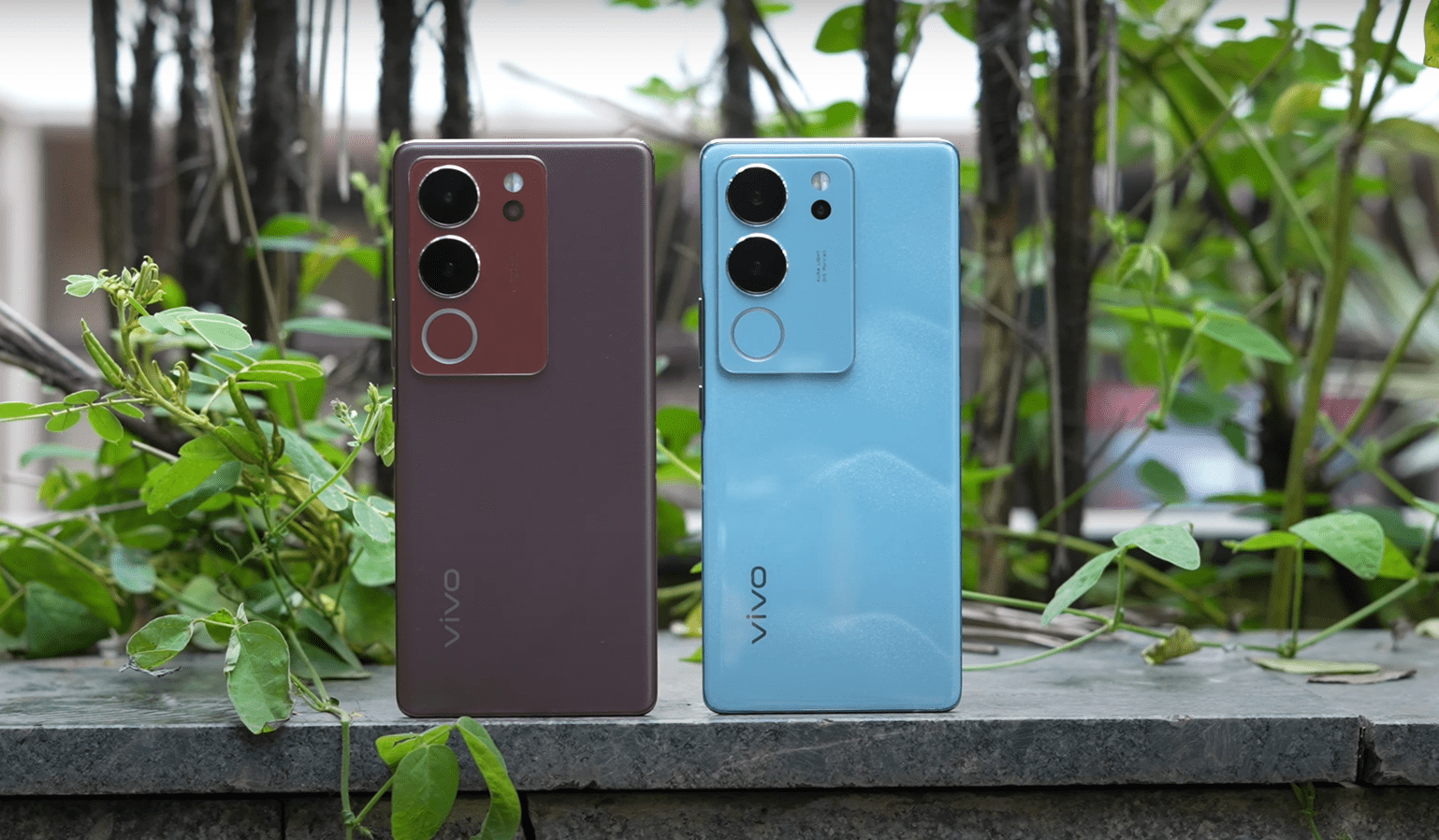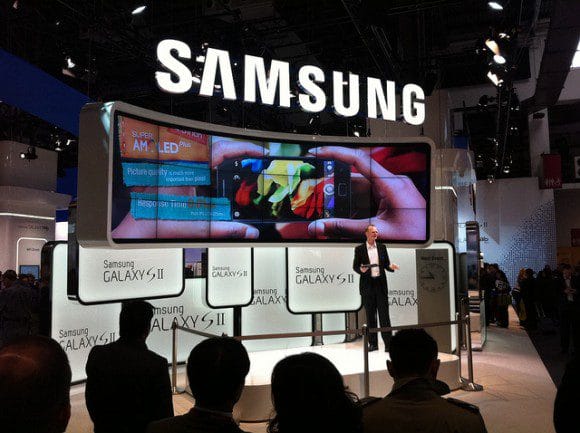
Whereas the overall decline in revenues from its smartphone business in 2014 were blamed on the not-well-received Galaxy S5, this year’s round of poor results could be blamed on a lot of strategic blunders by the company itself. Like lack of foresight. While the flagship Galaxy S6 smartphone has been a hit with both reviewers and buyers alike, it is the dual-curved screen Galaxy S6 Edge that has been in demand. Samsung initially thought that orders for the new smartphone form factor would leapfrog those of the main Galaxy S6 variant by a ratio of 1 to 4. It was wrong! According to an insider speaking to the Wall Street Journal, orders for both devices are almost even with the Galaxy S6 Edge being an instant hit with customers. This has resulted in unclaimed stock of the “flat” Galaxy S6 model.
Samsung’s strength lies in performance in the first two quarters after a new flagship smartphone release. Unlike Apple which is able to still rake in millions of dollars from sales of the iPhone all-year long, unmet targets in Q1 and Q2 spell doom for the Korean company’s efforts in mobile and could be one of the reasons why rumours of a possible early launch of the next Galaxy S device have persisted. The demand for the Galaxy S6 Edge could be one of the reasons why reliable sources believe that the company will be introducing a version 2.0 of the device in coming months.
It is estimated that Samsung shipped between 71 and 76 million smartphones in Q2 with the Galaxy S6/S6 Edge accounting for at least 20% of that. According to WSJ, Samsung’s revenues in the same quarter are expected to drop by 8.4% when compared to a similar period last year to stand at 48 trillion Korean won.
While the numbers don’t seem to favour Samsung at the moment, things could be worse. Taiwan rival HTC is ni much deeper trouble as it is expected to post an operating loss of $166 million in Q2 2015. By comparison, Samsung’s Q2 operating profit is expected to stand at an equivalent of $6.12 billion, down from $6.26 billion. Unlike Samsung whose problems stem from not just poor strategic decisions but also market saturation, HTC’s main undoing has been a lacklustre flagship smartphone, the One M9.
Changes in the leadership structure are expected to go a long way in improving the situation at one of Android’s most creative smartphone manufacturers with a deep understanding of good design. Samsung on the other hand is banking on a new factory in Vietnam to meet the high demand for curved dual-edge AMOLED display panels for its next generation Galaxy Edge smartphones as well as a new strategy for budget devices to counter the rise of Xiaomi and the onslaught by other Chinese OEMs on its traditional markets.
